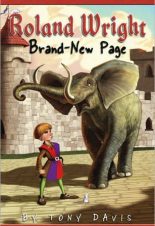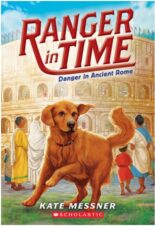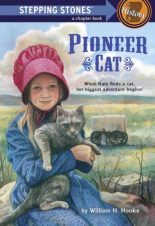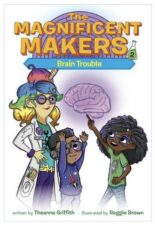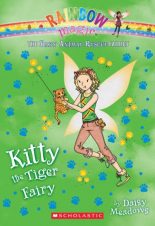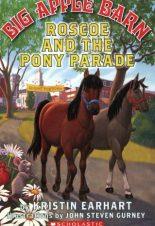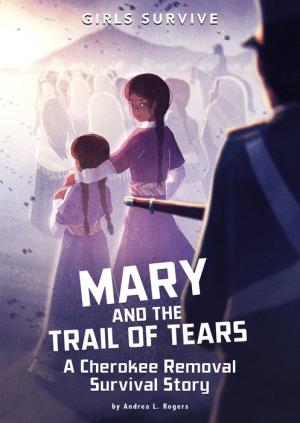
Buy This Book
“Words can destroy nations. But they can build nations too,” Grandpa. –Mary and the Trail of Tears
Mary and the Trail of Tears: A Cherokee Removal Survival Story
Girls Survive
by Andrea L. Rogers
AR Test
8+
Score
4.0
112
Twelve-year-old Mary and her Cherokee family are forced out of their home in Georgia by U.S. soldiers in May of 1838. From the beginning of the forced move, Mary and her family are separated from her father. Facing horrors such as internment, violence, disease, and harsh weather, Mary perseveres and helps keep her family and friends together until they can reach the new Cherokee nation in Indian Territory. Will Mary and her family survive the terrible move forced upon them?
Mary and the Trail of Tears is told from Mary’s point of view, which allows the story to be told with kid-friendly descriptions. While the descriptions are not graphic, some readers will be upset by the brutality that the Cherokees faced. For example, Mary’s grandfather is killed by a man who says, he “wouldn’t be happy until every Cherokee in Georgia was dead.” The Cherokees faced the constant threat of being shot or dying from disease. However, the story ends on a positive note when Mary and most of her family are reunited in Oklahoma.
The story highlights the difference between the Cherokees and the soldiers. The Cherokees loved nature and respected all people. In contrast, the soldiers were motivated by greed and hate. “Since gold had been discovered on Cherokee land a decade earlier, many Georgians were convinced we had gold hidden away. They didn’t understand that to us the most valuable things were other Cherokees.” Throughout the story, the soldiers show cruelty or indifference to the Cherokees’ suffering.
Each chapter begins with the date and location, which makes it easy for readers to follow the events that take place between May of 1838 and March of 1839. To help readers visualize the story’s events, black and white illustrations appear every 7 to 10 pages. The book ends with nonfiction support material including a glossary, and three questions about the Indian Removal Act of 1830. These accounts will help readers learn more about the removal of the Cherokees from Georgia, Tennessee, Alabama, North Carolina, and the ten prison camps that were set up in Tennessee.
Mary and the Trail of Tears focuses on one girl’s story and the suffering that the Cherokee people faced during the Trail of Tears. Because readers will sympathize with Mary, the death of her family members will be upsetting. Despite this, Mary and the Trail of Tears should be read because of its educational value. By writing this informative story, the author—who is a member of the Cherokee tribe—sheds light on “one of this country’s darker chapters.”
Sexual Content
- None
Violence
- Mary’s family and neighbors are forced out of their homes and the whites fight over the Cherokee’s belongings. “Georgians marched Raven out of his house with his hands tied in front of him. His hair was messy, and his cheek was swollen. . .They had hit Raven and bound his hands.”
- When Mary’s grandpa runs back into his house, she “was afraid they were going to beat my grandpa or whip him when we got to the fort. Grandpa was only in the house a moment when a single rifle shot exploded.” Grandpa is killed.
- The man who shot grandpa said that “he wouldn’t be happy until every Cherokee in Georgia was dead.” The man is not punished for his crime.
- When Mary’s family is in the prison camp, they meet a man who had run away from the prison camp and then returned. He says, “The soldiers who were escorting us were cruel. I came back here because there is no place else for a Cherokee to go. . . There is no food or water, and many drowned falling from the overcrowded boats.” Through the man’s story, they learn many had died, including enslaved Africans.
- While traveling, the children were slowing them down, so “the soldiers took babies from their mothers and put them in wagons with the sick and the dead.”
Drugs and Alcohol
- None
Language
- None
Supernatural
- None
Spiritual Content
- Mary thinks about her grandma, who looked for medicinal plants found in the woods. Mary thinks, “The creator provided food and medicine we couldn’t grow in the garden.”
- Grandpa sings a song after dinner. He explains that “It’s about us. It means the creator wants us to take care of each other. If a child is alone and crying, we need to take care of them.” Later a group sings the song.
“Words can destroy nations. But they can build nations too,” Grandpa. –Mary and the Trail of Tears
Latest Reviews
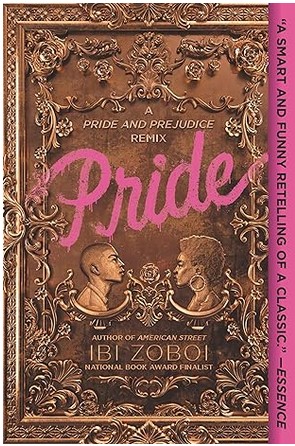
Pride: A Pride & Prejudice Remix

Thieves’ Gambit #1

Dreamology
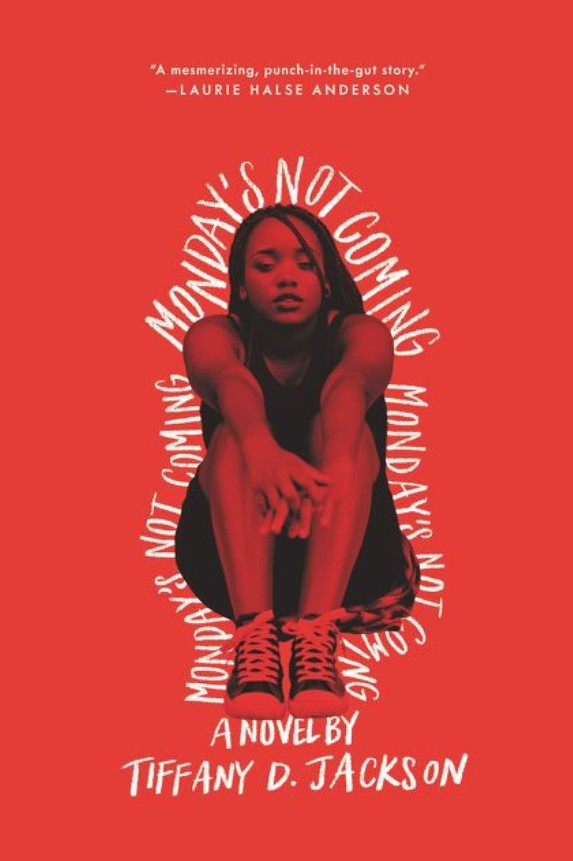
Monday’s Not Coming
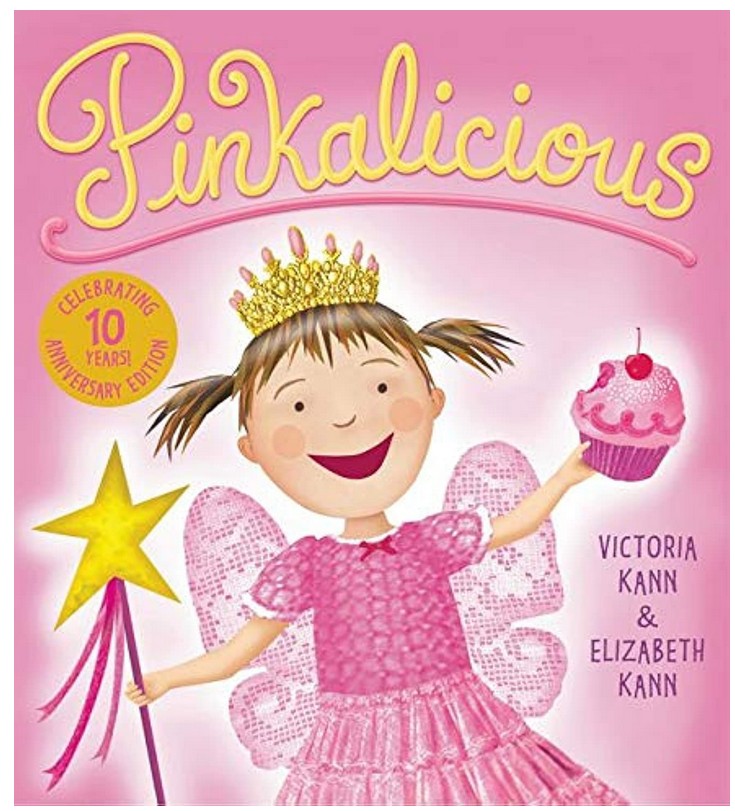
Pinkalicious

Driven

Goodbye Days

Blood of Troy

Will’s Race for Home

